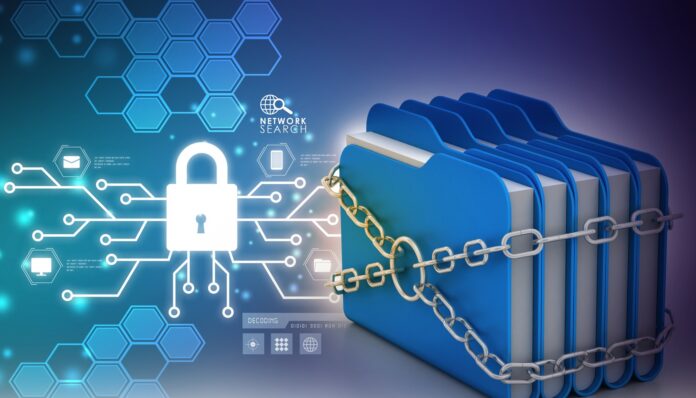Consider yourself a secret agent tasked with moving highly confidential documents from one place to another. You’ve taken all the essential safety measures, including using a complex password to encrypt the documents or a certificate. You are sure that nobody will have access to these documents without your consent. You sense a growing sense of discomfort inside of you as you travel to your destination. You had been so certain that the data you were sending was secure. But now, as you approach your destination, you realize that your confidence was misplaced. Despite all of your efforts to secure the documents, someone has been able to access them.
You can’t believe it – how could this be? You had taken every precaution to ensure the documents were secure, yet someone had still managed to get their hands on them. You start to panic, wondering who could have accessed the documents and what they might do with the information they contain. As you try to figure out what went wrong, you realize that there are several potential explanations for how someone was able to access the documents. Maybe the password you used was not strong enough and was easily guessed or hacked. Maybe the certificate was compromised or the private key was obtained by an unauthorized individual. You realize that relying just on password protection and certificate encryption may not be sufficient as you try to come up with a strategy to safeguard the papers and stop this from happening again in the future. In order to secure the security of your documents, you should think about taking additional security precautions.
Furthermore, these techniques do not impose any limitations on how users can use PDF files. Even if the papers are secured, people can still edit, print, and save them. While certificate encryption and password protection may stop illegal access to the documents, they do not limit how the papers can be utilized once they have been accessed. This is because even if the document owner has added permissions or restrictions to the PDF to prevent editing, printing, etc. they can be easily removed using free online tools.
Therefore, keep in mind that password protection and certificate encryption might not be sufficient to keep your papers secure the next time you are tasked with conveying sensitive information. To maintain the protection of your papers, it is critical to take into account all the threats and implement a variety of security measures. There are additional ways to secure PDF documents and stop document sharing and editing.
You start doing some research and learn that you have a lot of choices. One choice is to utilize digital rights management (DRM) tools, which can be used to limit certain behaviors like printing, editing and copying as well as access to PDF documents. Because DRM methods can be more difficult to circumvent (there are no passwords to crack or remove) and can provide more granular control over how the content is used, they may be more effective than password protection or certificate encryption. Many DRM systems also provide additional features that standard PDF protection does not such as expiry, screenshot prevention, locking PDFs to devices and locations and tracking use.
You might also think about taking physical security precautions, such as keeping the documents in a secure place or transporting them through safe means. These techniques can be successful in preventing illegal access to the papers, even if they might not be as handy as digital security measures.
There are other alternative methods to protect PDF documents and stop document sharing besides DRM solutions and physical security. Instead of disseminating the papers widely, you can use secure file-sharing services or platforms that enable you to exchange documents with particular people or groups. However, be aware that due to password login (and the fact users can share credentials), they do not guarantee that the documents are only accessible to those who are allowed. It is therefore advisable to encrypt the documents as well.
The ideal method for protecting PDF documents will ultimately depend on the demands and needs of the organization or individual. It is crucial to thoroughly weigh the available possibilities and select the one that best addresses the demands of the circumstance. This could entail adopting a mix of digital and physical security measures or picking a single, all-encompassing solution. Whatever strategy you decide on, it’s critical to routinely examine and update your security procedures to make sure they continue to adequately safeguard your data.



BUMBUM BE GARDAŞ